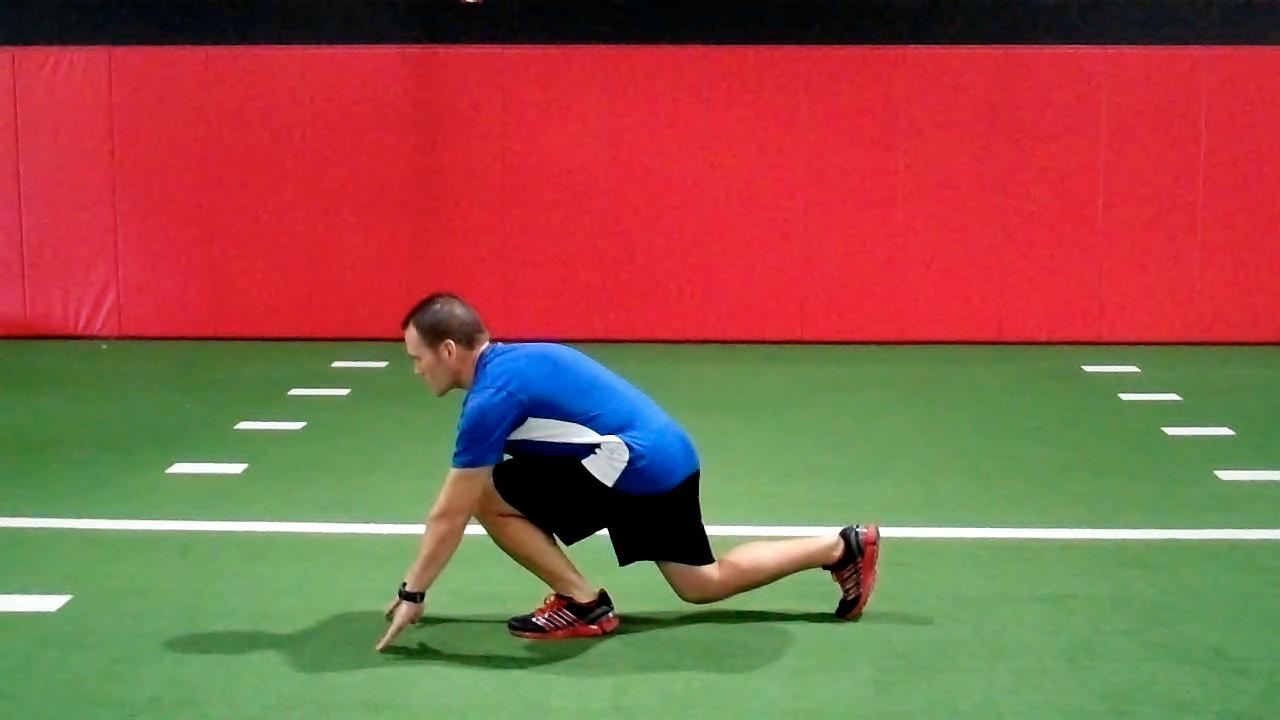
As he wraps up his tight-ankle series, Brian demonstrates two effective body weight training exercises to improve closedchain ankle dorsiflexion.
If you're just beginning the series, check out Ankle Dorsiflexion Mobility Screening and Ankle Dorsiflexion Mobilization.
In the previous two columns, I have addressed screening andsoft tissue mobilization/stretching exercises. In this final column, I want toshare two effective body weight training exercises I use to improve closedchain ankle dorsiflexion.
With the exercises I am sharing today you must keep in mindthe goal is to facilitate ankle mobility in conjunction with hip and kneeflexion. I feel using gravity and a person's body weight is a great way toaccomplish this and train in a proprioceptive manner. You will see the knee gobeyond the toes, and that is the idea for these specific exercises since thisposition occurs naturally and is required for certain motions in life andsports (stepping off a curb, descending stairs, sprinting, etc.)
Obviously, in the presence of anterior knee pain thesespecific exercises should be modified or done with extreme caution. Aside fromthat, keep in mind that limited ankle dorsiflexion is an important injury riskfactor that often leads to a valgus knee moment, poor patellar tracking andlateral knee pain. This is why screening for asymmetry is so vital to beginwith. Here are two exercises that can be used to attain more dorsiflexion:
|
Begin standing with both feet together and then step forward with the left/right leg reaching the fingertips forward and to the floor. During the descent, be sure to focus on keeping the heel as flat as possible and in contact with the floor. Pause one to two seconds at the bottom and then return to upright. Perform one to two sets of 10-15 repetitions and repeat on the other side (if needed). |
|
Begin standing on one leg and slowly reach forward and down toward the ground in the same manner as the reaching lunge. Allow the free leg to move behind you and keep the stance heel on the ground. Pause one to two seconds at the bottom and return to the full upright position each time. Perform one to two sets of 10-15 repetitions and repeat on the other side (if needed). |
Notes: If clients struggle to get down this low,simply start by using a tall cone or other object they can reach toward whilemaintaining heel contact with the ground. Be sure to watch for pronation andcompensatory hip internal rotation and/or adduction.
If you have clients struggling to descend stairs, considertweaking the second exercise by having the clients reach the opposite legforward instead of the hands/arms as this will keep the trunk more upright likeit is during normal stair ambulation. These exercises are designed to followsequentially after the exercises included in part two of the series.
Brian Schiff, PT, CSCS, is a licensed physical therapist,respected author and fitness professional. Currently, he serves as thesupervisor at the Athletic Performance Center in Raleigh, NC. Brian presentsnationally at several professional conferences and seminars on injuryprevention, rehab and sport-specific training. For more cutting edge traininginformation, subscribe to his monthly Training & Sports Medicine Update at www.BrianSchiff.com.
 Forward Reaching Lunge
Forward Reaching Lunge Single Leg Forward Reach
Single Leg Forward Reach














